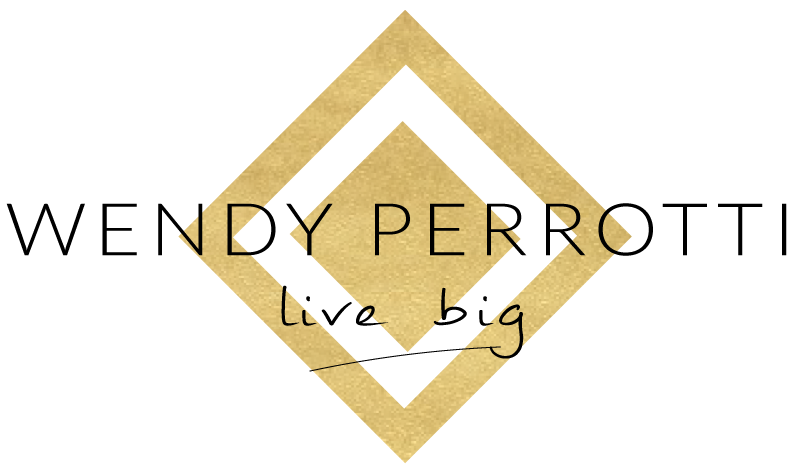Toxic Relationships
Creating boundaries that work.
In the past week, the topic of toxic people and toxic relationships is popping up everywhere.
In sessions with private clients, in 2 of the groups I coach, and on my social media feed, toxicity and boundaries seem to be on everyone's mind.
Perhaps it's the close quarters we're keeping these days while we shelter-in-place.
The bottom line is, all truly deep, meaningful relationships have 2 key things in common:
A mutual vulnerability that says it’s is always safe to love someone completely as they are.
Healthy boundaries. These are boundaries around behaviors, not people or feelings - and this is the place where we often get stuck.
Unfortunately, when loving someone hurts us in some way we tend to create boundaries around our feelings. That closes down vulnerability and, in effect, makes our ability to love and be loved smaller.
For example: Your best friend shouts and gets verbally aggressive when she is confronted or feels insecure. An unhealthy boundary would be to automatically distance yourself from her or create situations where she was less likely to behave that way (fawning, always, agreeing etc…).
Both of those responses create boundaries that limit your capacity for connection in this relationship and create a template that you’re likely to carry into other relationships.
A better option is to love and accept this friend exactly as she is and create boundaries specifically around her behavior. "Please don’t speak to me that way."Boundaries around behaviors will create natural filters in relationships.
Often, creating a boundary around a behavior while still remaining open, loving and vulnerable to the person and the relationship will alter that person’s behavior and improve the depth and connection in the relationship.
When someone’s behavior continuously falls outside of the boundary you set, however, it is a natural consequence to limit or end the relationship.
This is especially useful when dealing with a toxic personality (someone who shifts rapidly and repeatedly from being a loving companion to behaving in hurtful often manipulative ways).
When your focus and boundary is on the behavior and not the person, you are recognizing that you can simultaneously love a person and not tolerate their behavior.
Thus, the decision to end the relationship comes much more quickly and without the collateral damage to the way you interact in other relationships.
This Week: Get out your journal...
Try these writing prompts to uncover how you're currently using boundaries in your relationships:
What if any boundaries have I set up to keep me safe from feelings rather than behaviors?
Where do my expectations get in the way of my relationships.
What would an ideal (friendship, colleague, mentor, student, lover, parent, sibling, child) relationship look like to you?
What is the gap between those ideals and your current relationships?
What relationships could use some additional boundaries?
What are the behaviors in those relationships that are problematic?
How can you create boundaries around those behaviors?
Remember, not every relationship will be a good one for you. If you find that someone's behavior is consistently causing you pain, it's 100% ok for you to move on.
